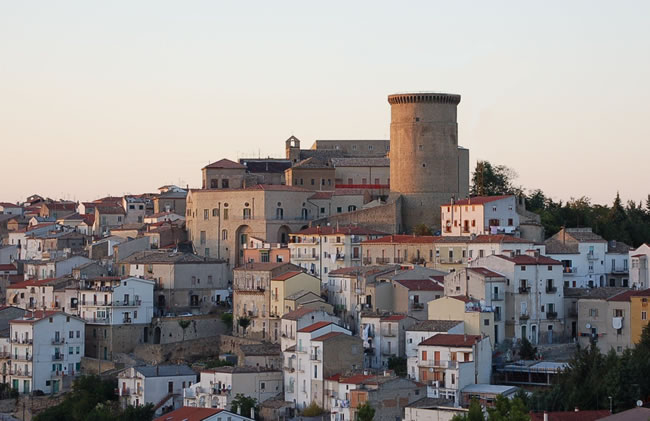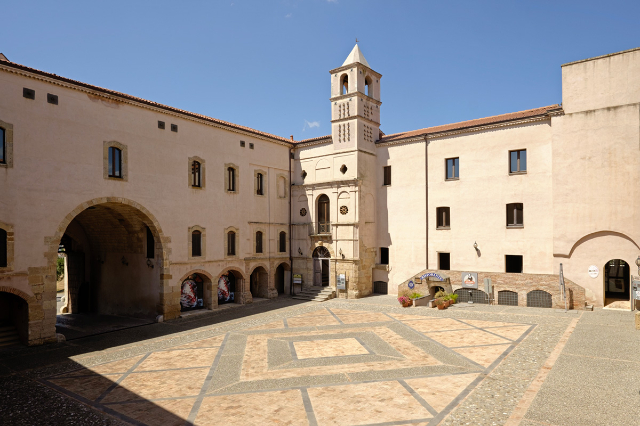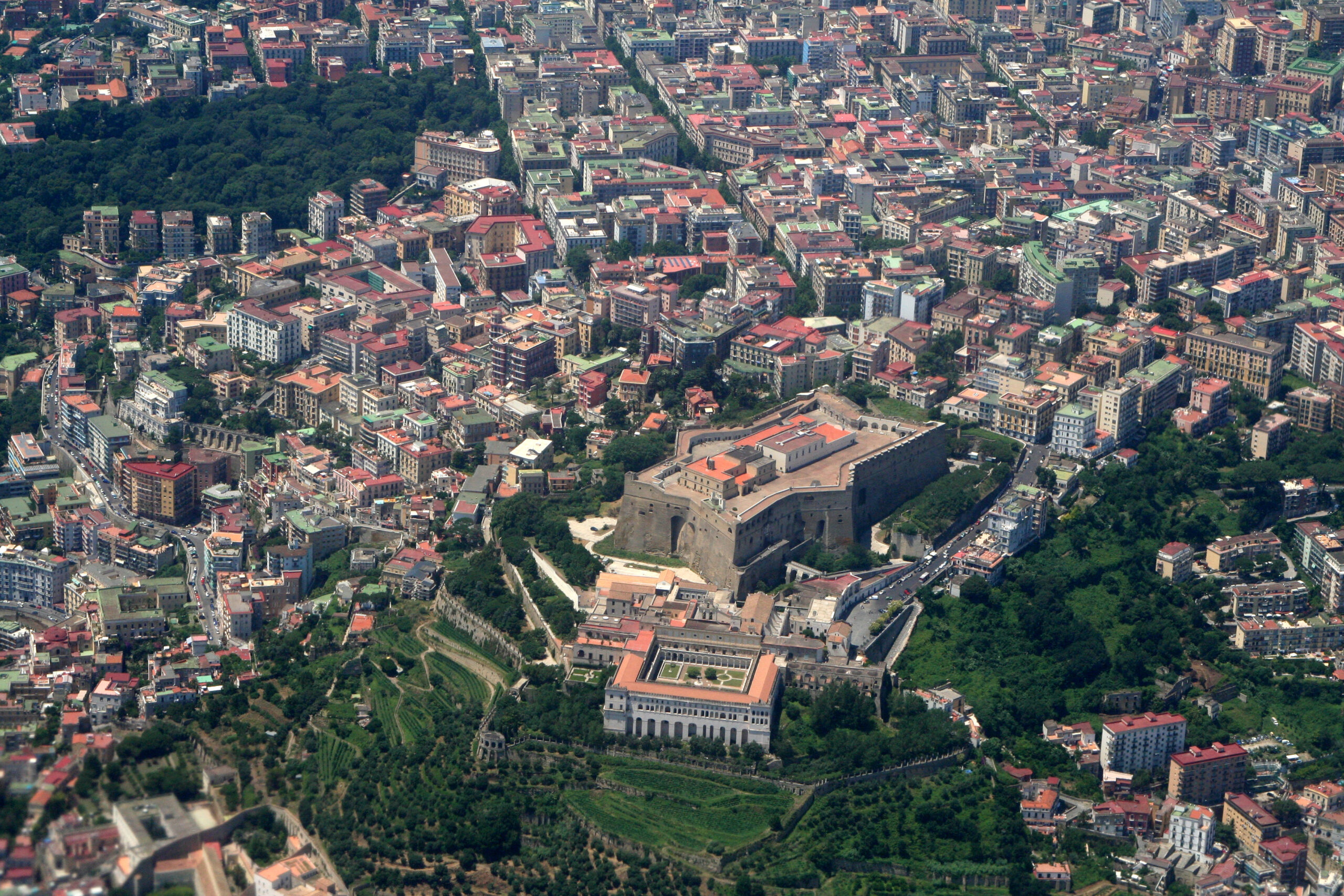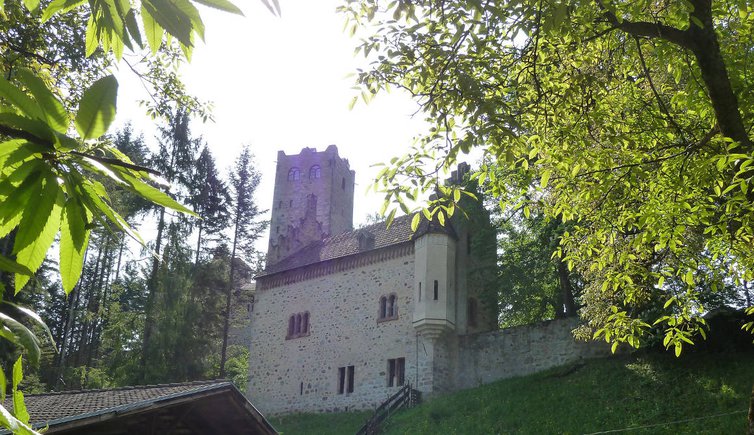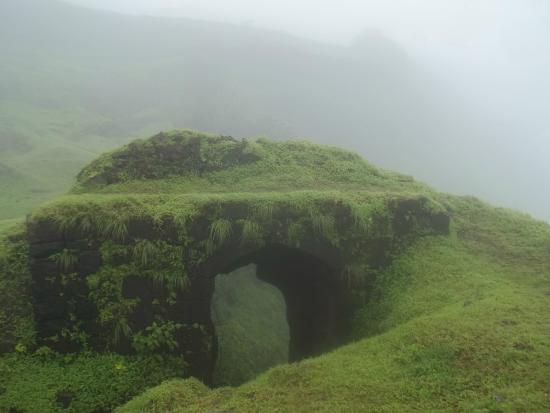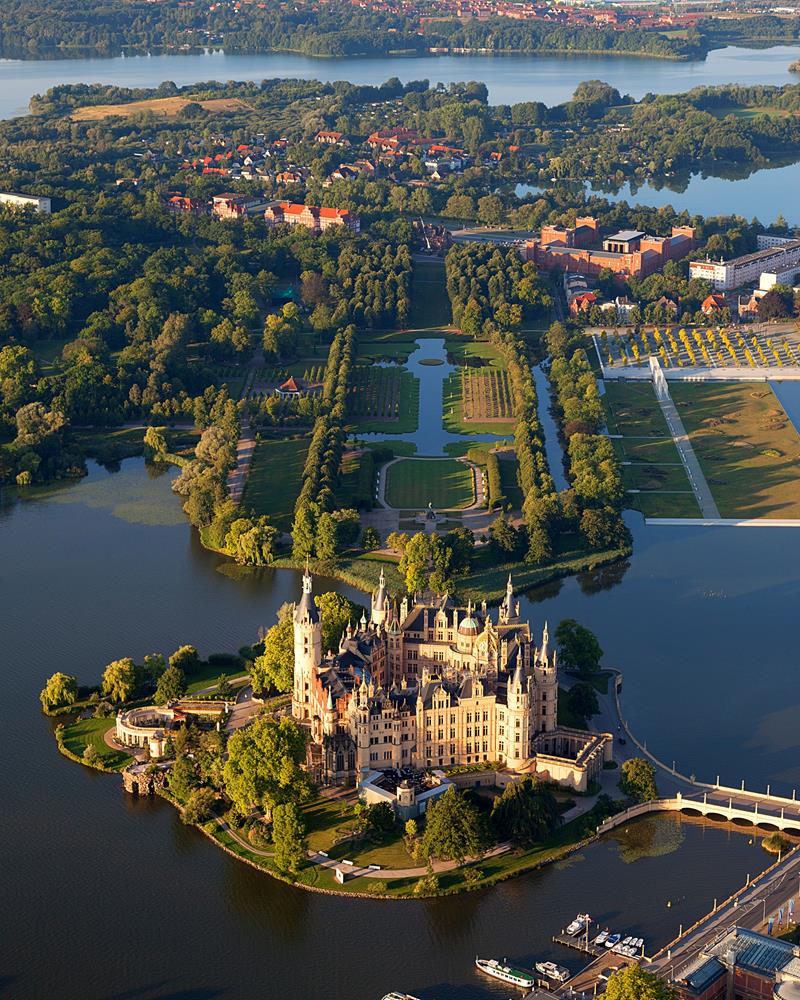<p><span style="color: #4d5156; font-family: arial, sans-serif; background-color: #ffffff;">T</span><span style="font-size: 14pt;">he Hungarian Parliament Building, also known as the Parliament of Budapest after its location, is the seat of the National Assembly of Hungary, a notable landmark of Hungary, and a popular tourist destination in Budapest.</span></p>
<p><span style="font-size: 14pt;">The building is a magnificent example of Neo-Gothic architecture (although displaying Renaissance and Baroque characters too), is just over 100 years old.It is the world’s third largest Parliament building and it is considered the most beautiful parliament in the world.</span></p>
<p><span style="font-size: 14pt;">Building this impressive edifice took 17 years, from 1885 to 1902, based on the design by the architect Imre Steindl. Unfortunately, the designer himself did not live to see the inauguration, since he died five weeks before. A vital stipulation for the construction project was that only Hungarian raw materials could be used for building the Hungarian Parliament and that it must involve Hungarian craftsmen and manufacturers, right up to the flora indigenous to the Carpathian Basin used for decoration. These terms were fulfilled, with only the gigantic granite columns imported from abroad. (An interesting point to note: only 12 of these columns have ever been made in the world – eight are in the House of Parliament, while the other four are in Britain.) Some of the figures are astonishing: roughly 40 million bricks were used for the construction, while about 40 kilograms of 22-23 carat gold embellish the Parliament. The floor area of the building is 18,000 square metres; 90 stone statues adorn the facade and there are around 162 more figures inside. The red carpet inside is almost 3 km long; you can enter through a total of 27 gates, and 365 towers of varying sizes, one for each day of the year, rise from the Hungarian Parliament.</span></p>
<p><span style="font-size: 14pt;"> </span></p>
<p><span style="font-size: 14pt;">As for the style and size of the House, the floor plan is Baroque, the facade draws on the Gothic style and the ceiling bears traits of the Renaissance. The wing parallel to the Danube is 268 metres long and the building is 123 metres at its widest point. The tower of the cupola is 96 metres tall. As each and every section of the House of Parliament was constructed based on a meticulous plan, the design of the building is not accidental either: each part carries important political and historical messages. The prominent cupola in the middle refers to the unity of the legislature on the one hand, and was also the site of the joint sittings of the lower house and the upper house, as the Hungarian National Assembly was originally a bicameral system. On both sides of the cupola are the lower and upper house chambers, which are exactly the same design, symbolically suggesting that the two houses had equal rights.</span></p>


